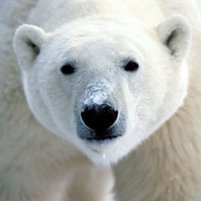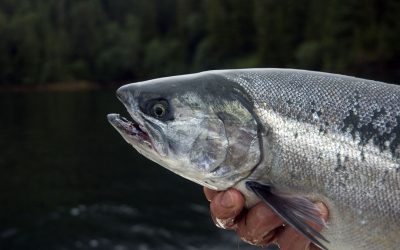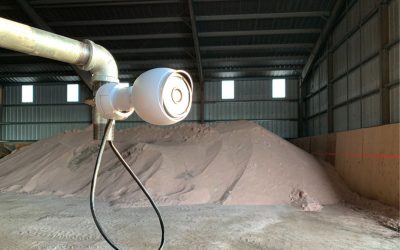Zoo nutritionists keep animals in shape

Not only animals and pets have to be aware of obesities, also zoo animals are getting too fat. This is why zoo nutritionists in the US are changing the diets of gorillas, polar bears, monkeys, and elephants.
eating unhealthy, fatty, sugary foods. Jennifer Watts, staff nutritionist at
Brookfield Zoo, west of Chicago, says that the animals are “not moving as much
as they are genetically programmed to.” This is true due to the fact that they
are caged, and not out in the open to run as they please. This presents a
challenge in keeping the animals fit. Food is also often used for training – too
many treats can add rolls to the stomach of even the best gorilla.
Weight Watchers
To keep the animals healthy, Watts
is launching a Weight Watchers-esque program to track the animals’ diets with
points. The animals have a certain number of points they can eat per day, as
well as a few extra points a week for those goodies that motivate them.
Under Watts’ new plan, molasses, which is a favourite food of the bears,
might be one point per cup, and granola bars might be worth one point as well.
These foods are motivators for the creatures to get up and move around, as well
as to learn tricks. And in the right quantity, they can be very helpful and
healthy.
Different approaches
Various zoos are
catching on to the fad, but some are doing things a little differently. The
Indianapolis Zookeepers feed their animals sugar free treats instead of
fattening ones. One of their tricks is to hide sugar-free Jell-O around the
polar bears’ habitat so that they are forced to forage for their food. The
Toledo Zoo’s Chris Hanley claims low-salt crackers and alfalfa biscuits are
excellent snacks. It also feeds their lions, tigers, and wolves real carcasses
to provide a more natural diet, which requires expending energy to obtain.
Zoo nutrition is a real science
Zoo nutrition is not a new
fad. Animal nutritionists first began to appear in the 1970s; there are
currently full time nutritionists at about 20 of the nation’s 216 accredited
zoos, as well as consultants for the zoos that do not have full time
nutritionists. Prior to zoo nutrition becoming a science, many animals were
overfed but malnourished – not receiving the appropriate supplements to their
diets.
Related news:
Zoo keepers feed garlic to penguins
Related article:
A bright future for zoo nutrition (Feed Mix 14.1)











